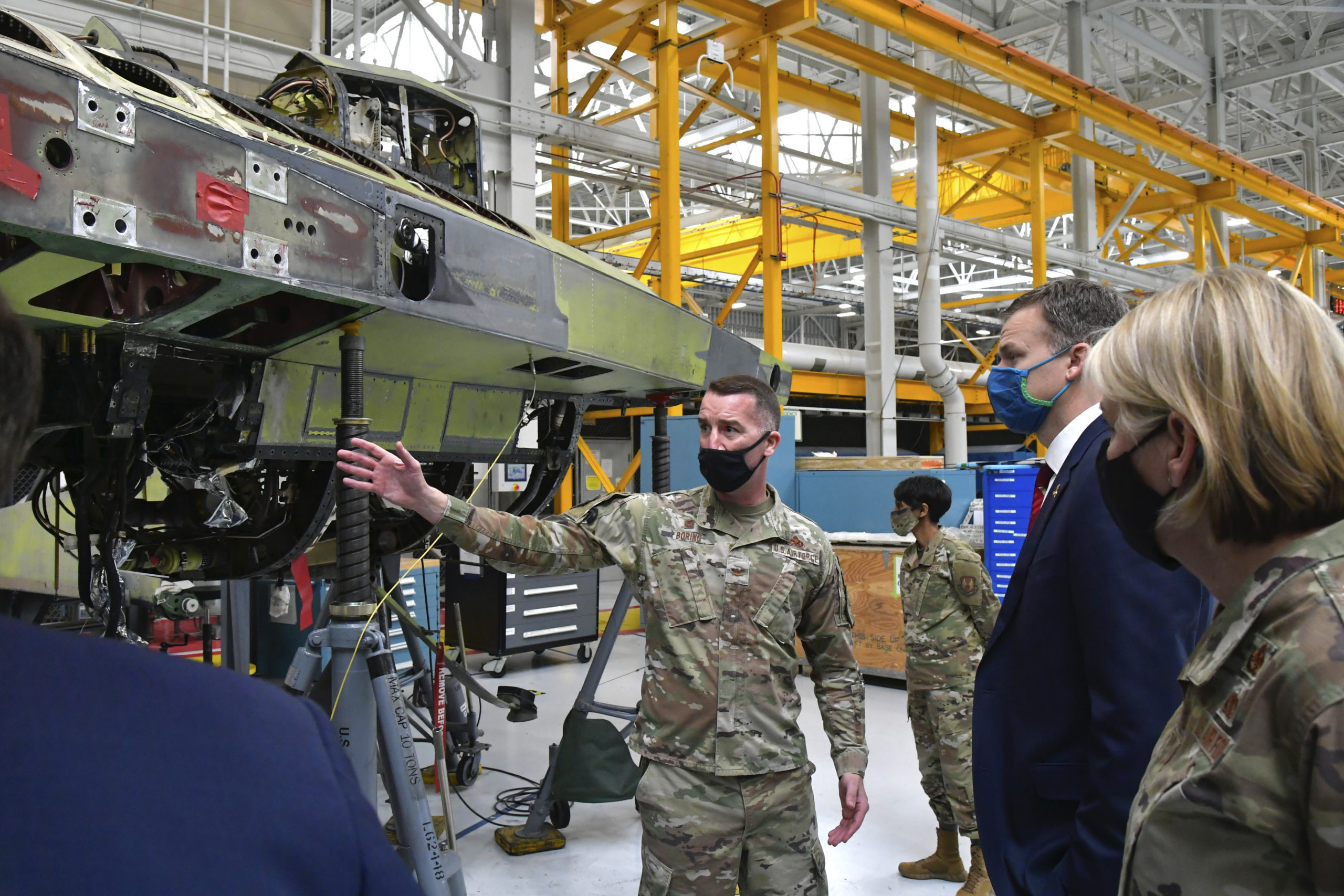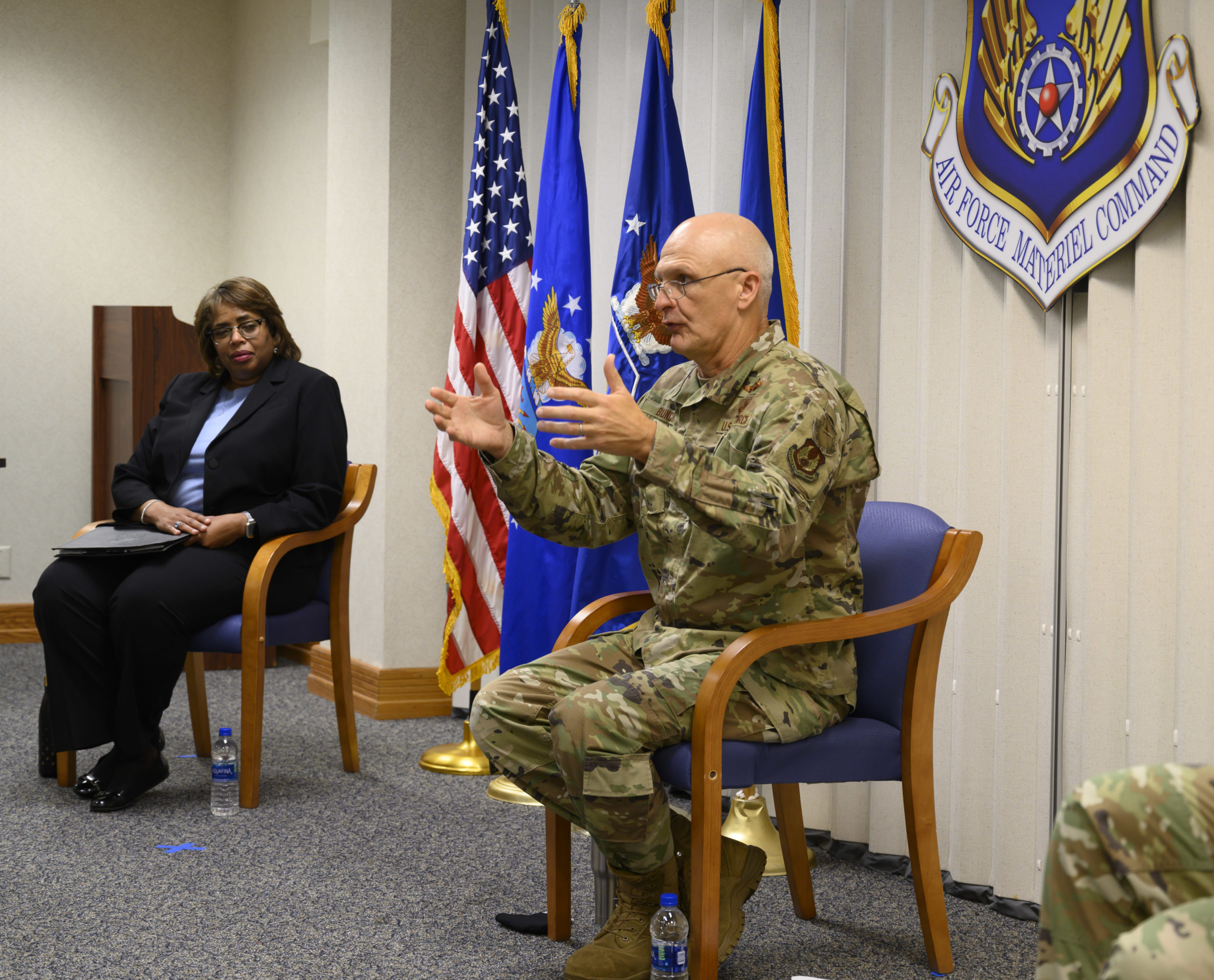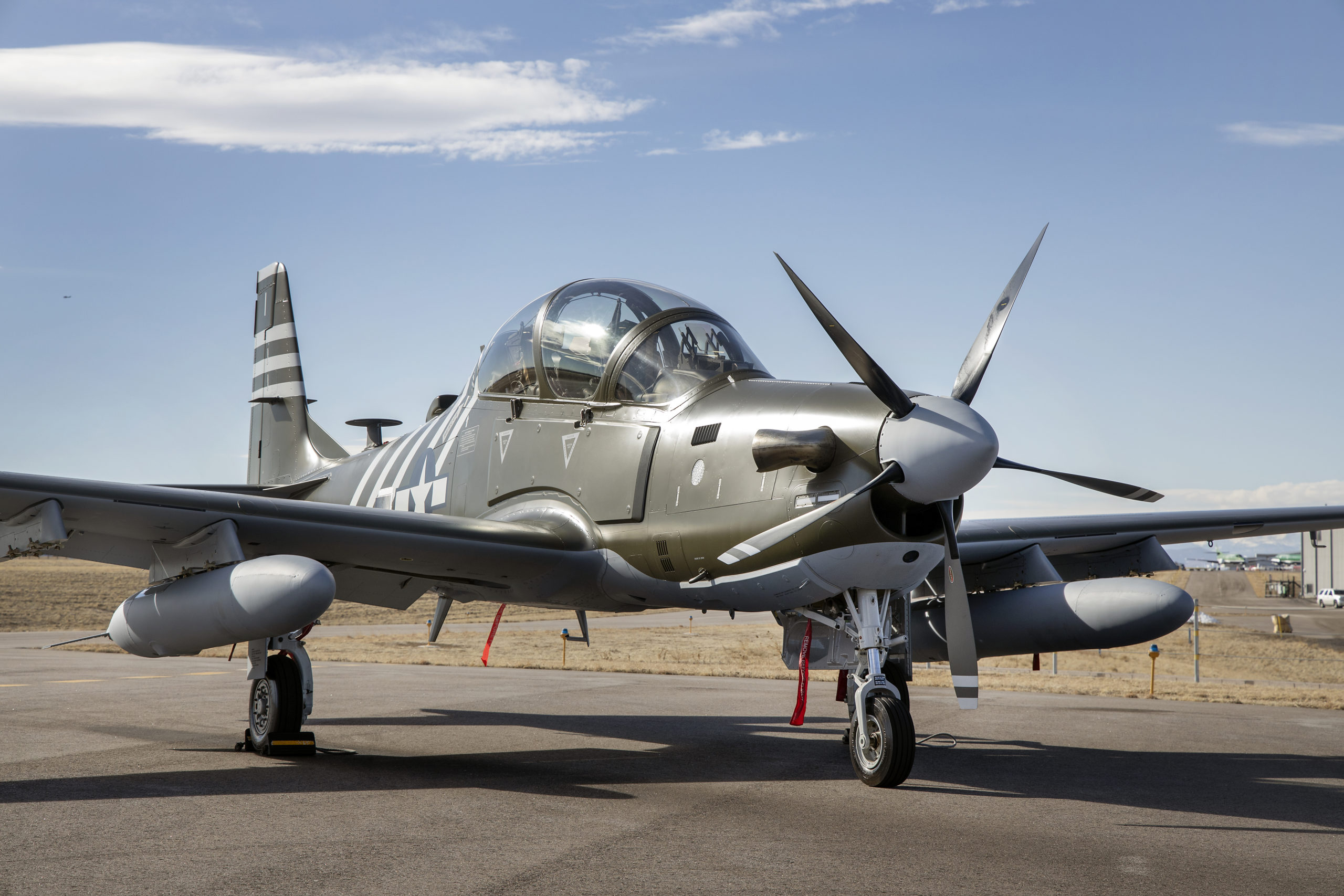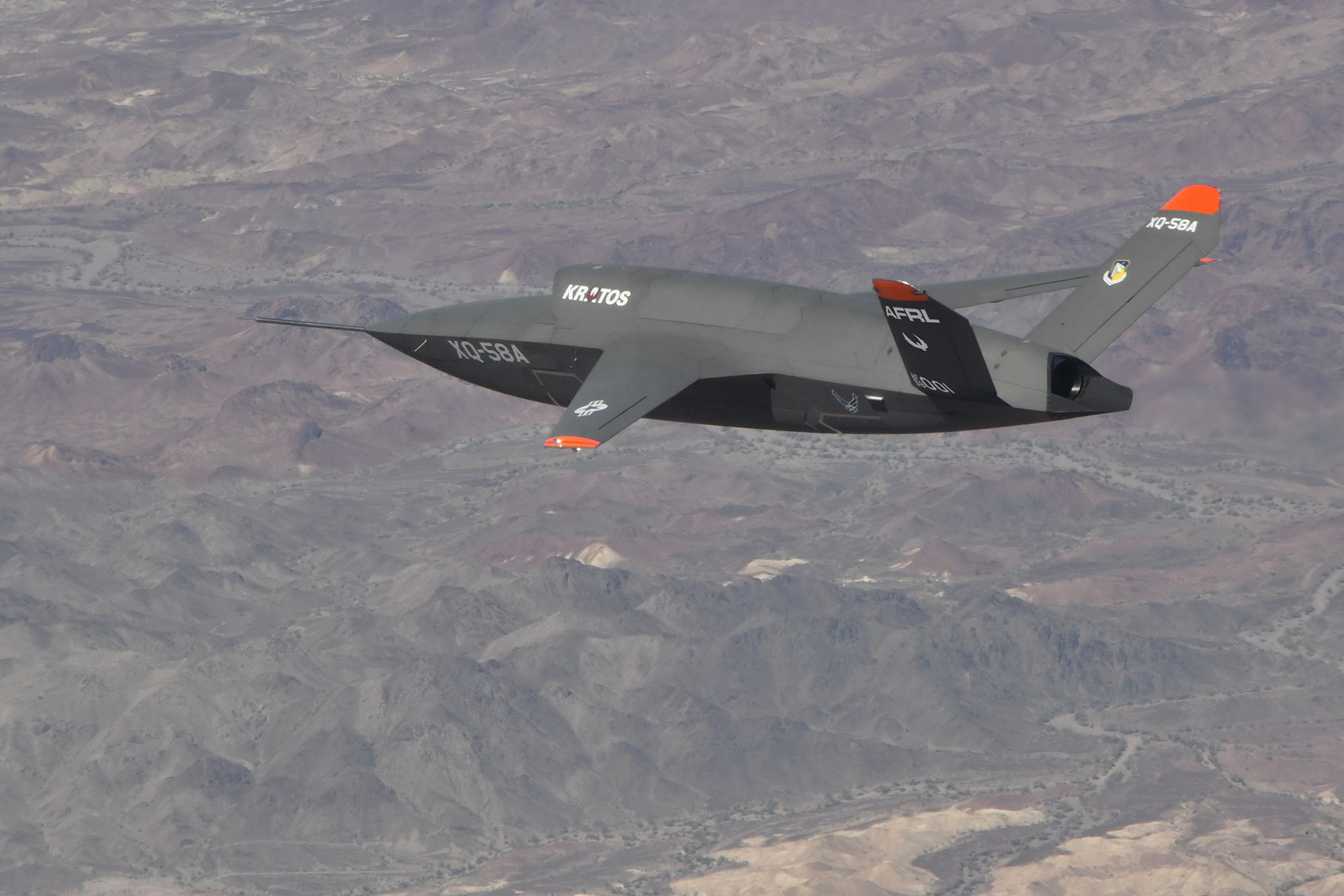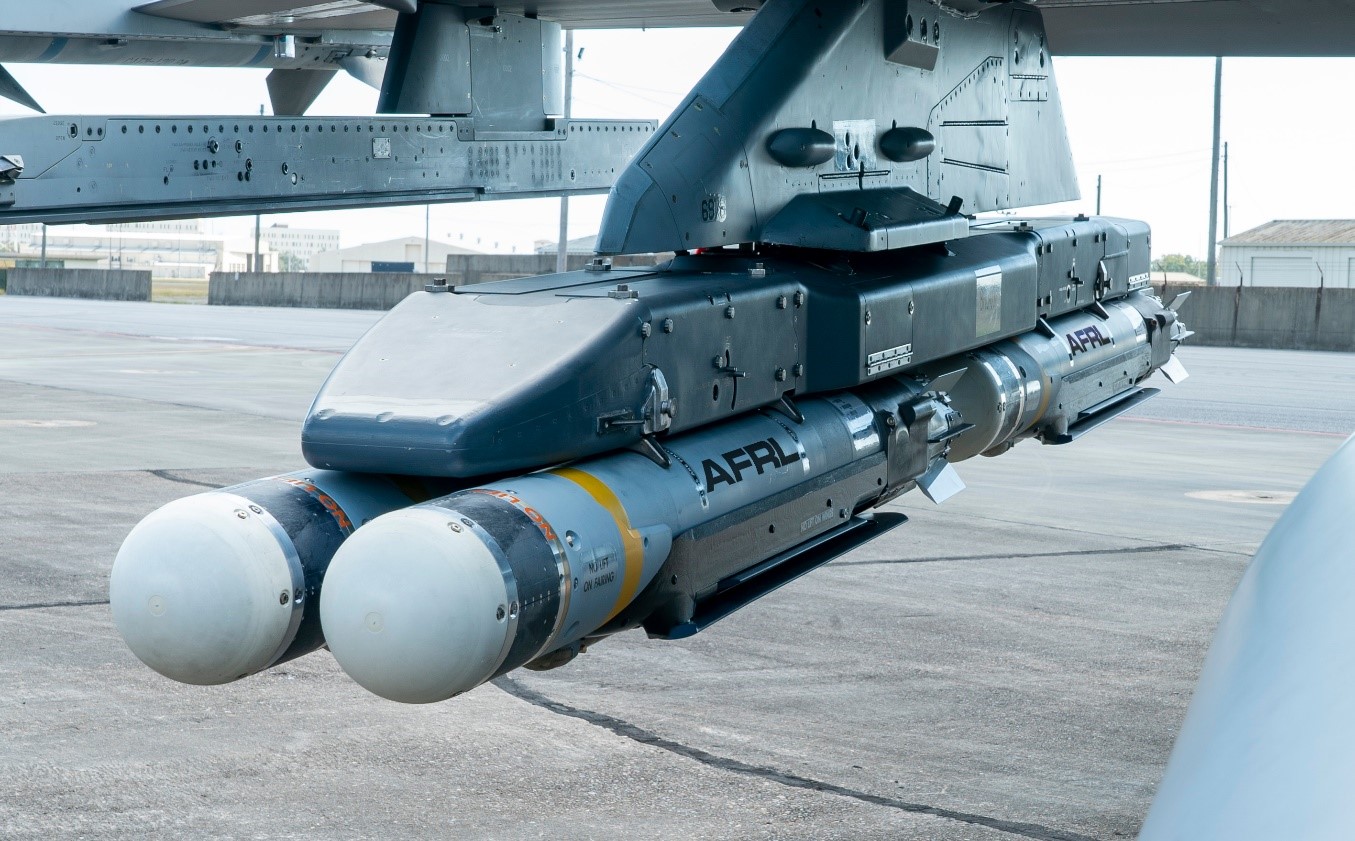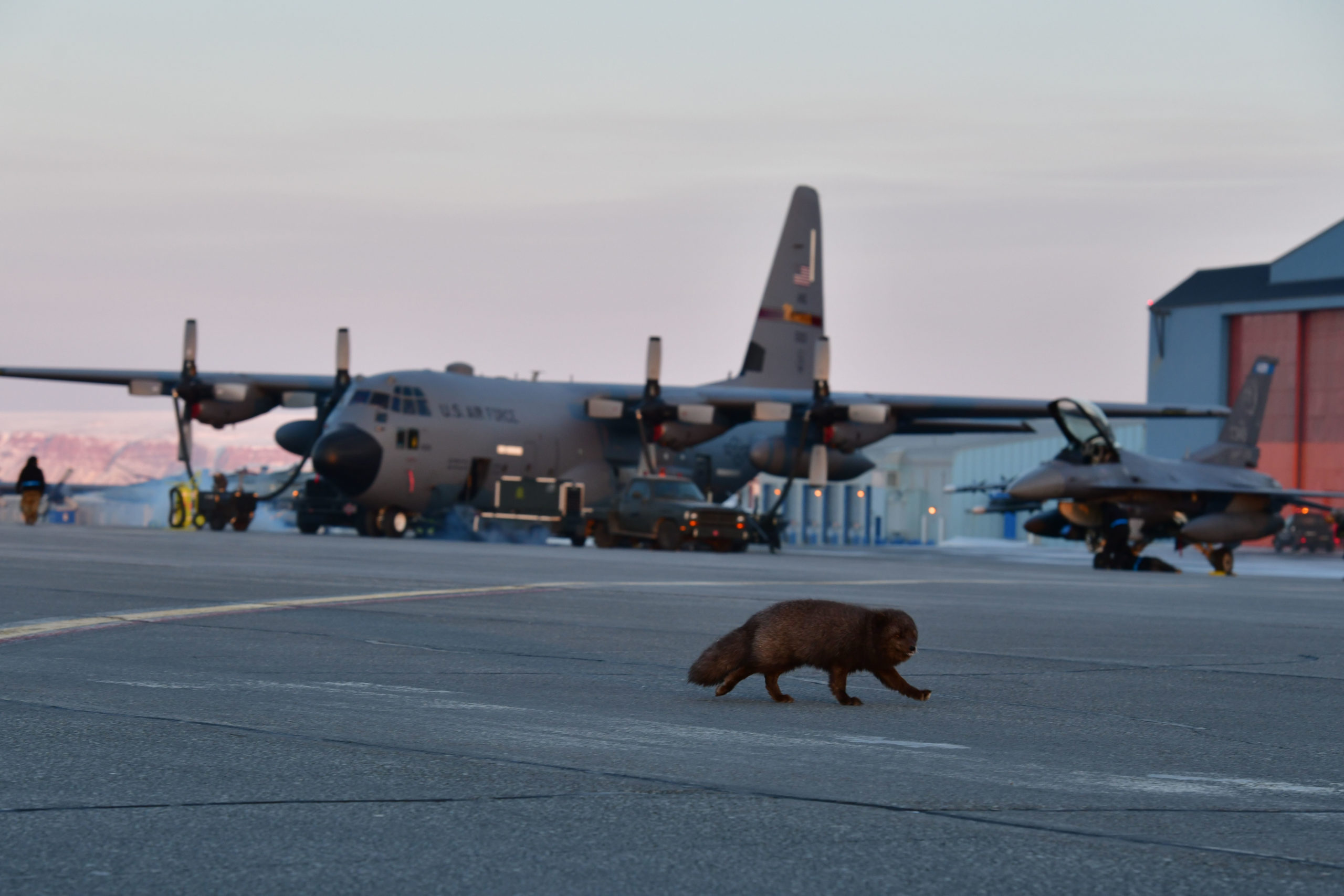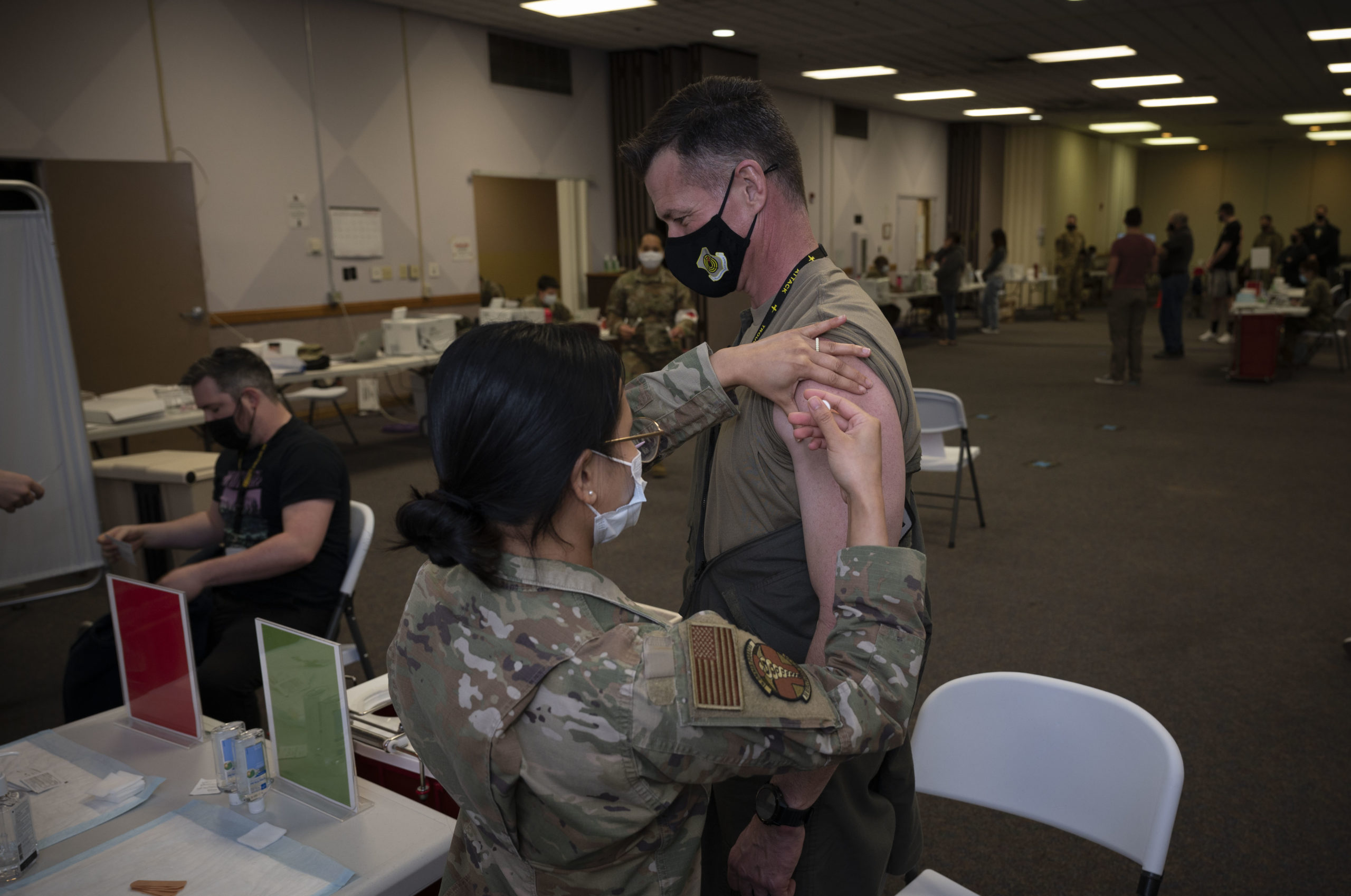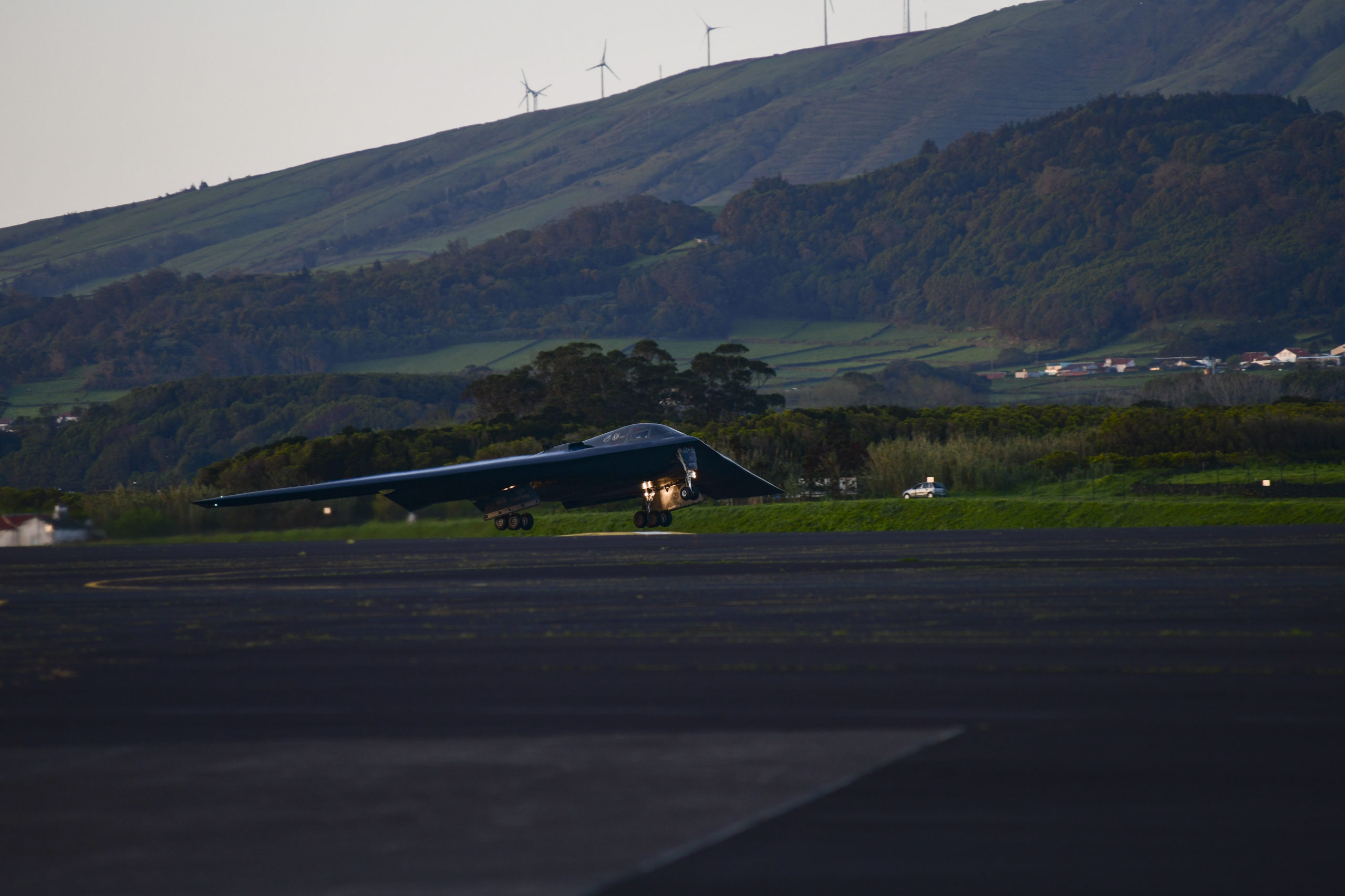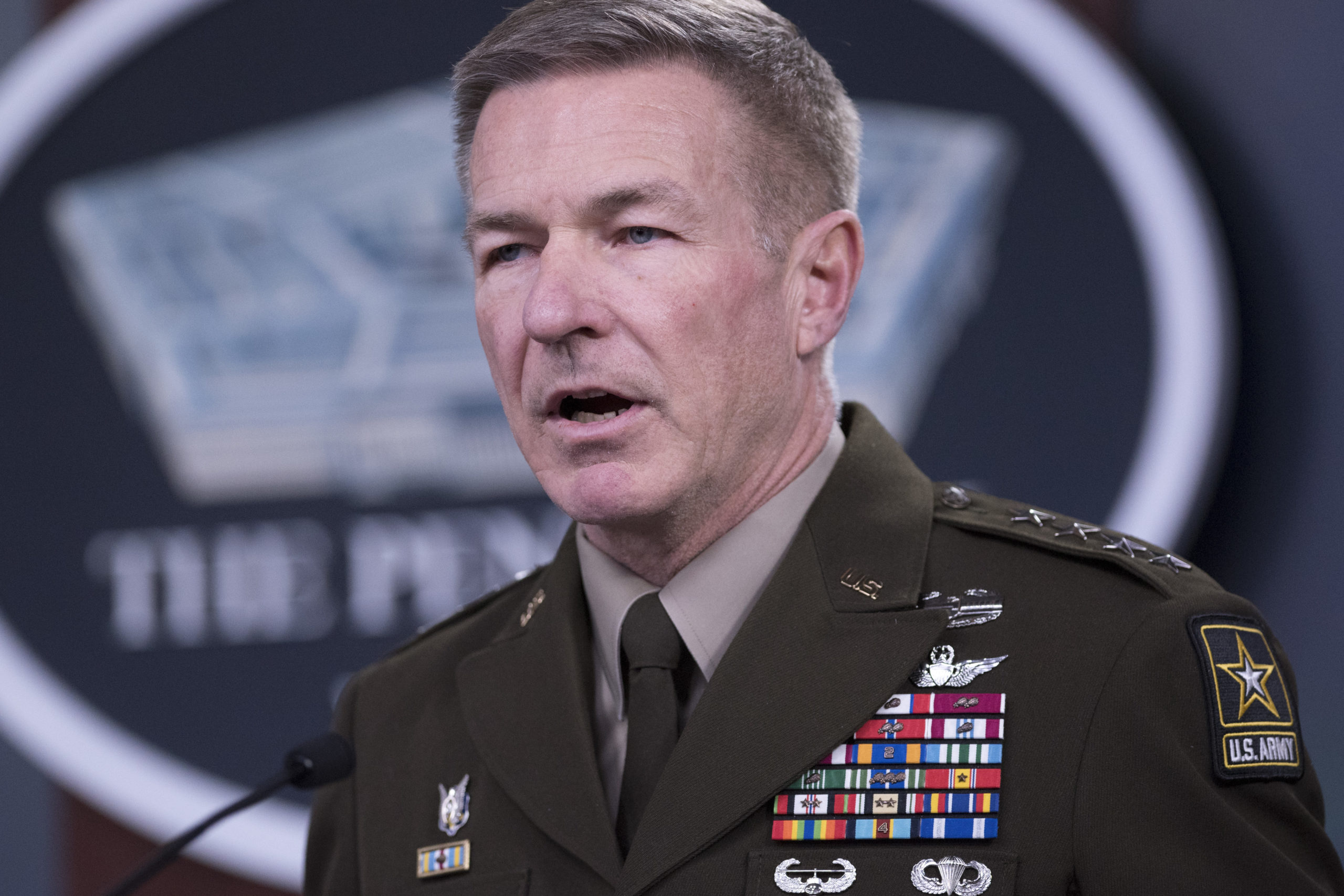The commander of a major maintenance group with the Ogden Air Logistics Complex at Hill Air Force Base, Utah, has been relieved of command for the second time in a year.
Col. Chris Boring, commander of the 309th Aircraft Maintenance Group, was relieved of command on March 3 due to a loss of confidence in his ability to lead and command a group, according to Hill. Boring stepped into the role in June 2020 after the group’s previous commander, Col. Randy Ackerman, also was relieved of command in May 2020.
The 309th AMG is responsible for maintenance on aircraft from multiple military branches, including U.S. Navy and Marine Corps C-130Js, USAF F-22s, F-35s, F-16s, T-38s, and A-10s, according to a Hill release. The group has seven maintenance squadrons and more than 2,000 personnel, according to a Hill release.
Lt. Col. Aaron Rivers, the unit’s deputy commander, assumed command of the group. Boring is a special assistant to the logistics complex’s commander, Brig. Gen. C. McCauley von Hoffman, pending an Air Force investigation. Military.com was first to report the change.
